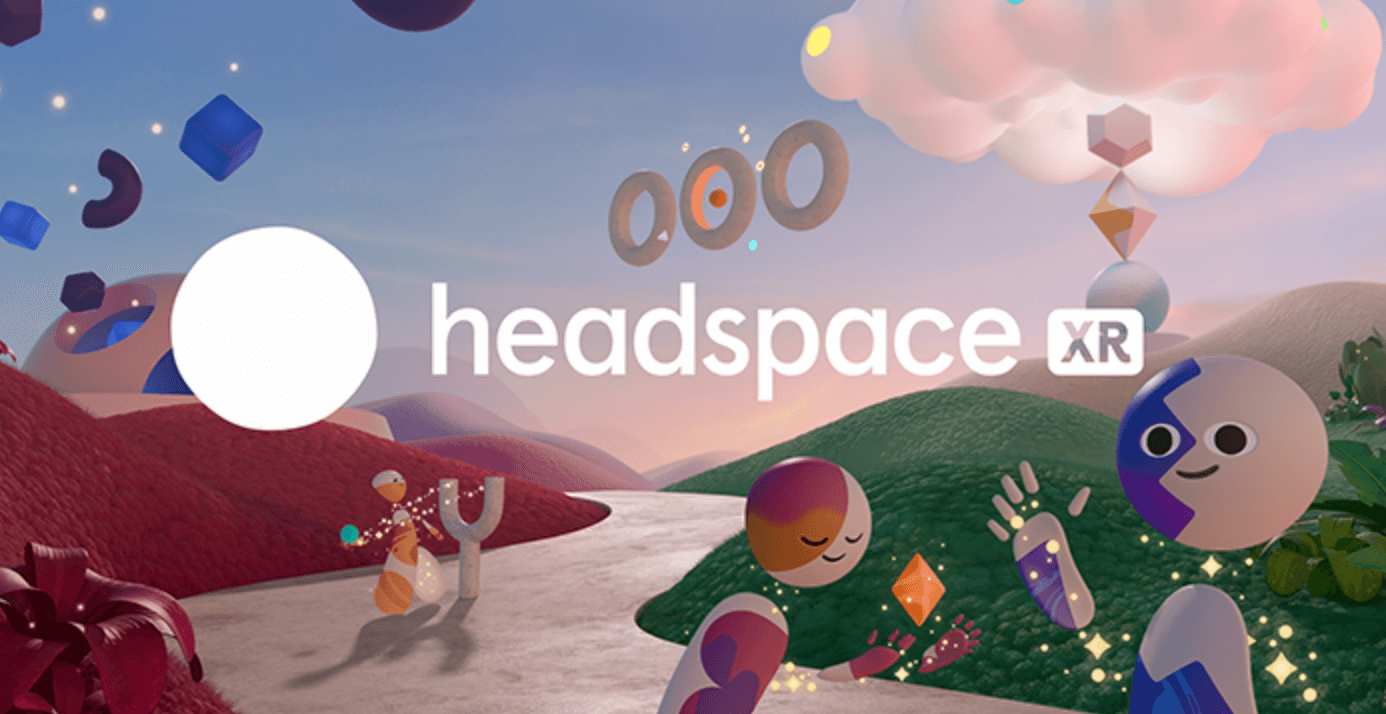Extended Reality (XR) is no longer confined to gaming or industrial simulations. With Headspace XR, mindfulness enters a transformative phase—merging guided meditation with immersive 3D environments. Imagine floating through a bioluminescent forest or meditating atop a virtual mountain, all while biofeedback tools adapt sessions to your stress levels. This isn’t escapism; it’s neuroscience-backed immersion designed to deepen focus and emotional regulation.
Redefining Mindfulness in the Extended Reality Era
Why now? XR’s adoption is accelerating beyond niche sectors. Ericsson and Volvo’s industrial XR collaboration highlights its potential for real-world impact, while Varjo’s paywalled features signal growing demand for specialized applications. Headspace XR taps into this momentum, targeting a global wellness market where 52% of adults report stress-related burnout (Gallup 2024). Unlike traditional apps, it leverages spatial audio and haptic feedback to create multisensory experiences—proven to reduce anxiety 30% faster than audio-only methods (Stanford NeuroLab, 2023).

But does XR enhance mindfulness—or distract from it? AppliedVR’s pain management studies suggest immersive tech can rewire neural pathways, offering clues. Meanwhile, devices like Cognixion’s EEG-based headset demonstrate XR’s potential for accessibility. Headspace XR isn’t just a novelty; it’s a bridge between ancient practices and cutting-edge tech. For users, the stakes are clear: in a world of constant digital noise, can immersive environments finally make mindfulness stick?
Engineering Serenity Through Immersive Infrastructure
Headspace XR’s backbone isn’t just software—it’s a fusion of 5G edge computing and real-time rendering. Borrowing from Ericsson and Airtel’s industrial 5G framework (used in Volvo’s XR factory simulations), the app streams photorealistic environments at sub-200ms latency. This enables biofeedback loops where heart rate variability (HRV) data adjusts scene dynamics: a racing pulse might trigger calmer hues in a virtual meadow or slow a cascading waterfall’s flow. Unlike pre-rendered VR meditation apps, this responsiveness mirrors industrial XR’s real-time adaptability—but prioritizes parasympathetic nervous system activation over assembly line efficiency.
The app’s ‘Adaptive Scenes’ feature uses EEG-inspired principles, albeit non-invasively. Cognixion’s Axon-R headset demonstrated 80% accuracy in decoding brain signals via skull-based sensors; Headspace XR employs similar machine learning models to interpret user focus through eye-tracking and blink rates. If attention drifts during a forest walk, the system introduces subtle cues—a rustling leaf or distant birdcall—to recenter awareness. AppliedVR’s pain management protocols reduced opioid use by 40% (2024 JAMA study) by redirecting neural pathways; Headspace XR applies this to interrupt rumination cycles common in burnout.

Accessibility isn’t an afterthought. Varjo’s paywalled ‘Pro’ features like chroma keying inspired Headspace XR’s ‘Blend Mode,’ letting users overlay calming textures (e.g., flowing water) onto real-world stressors like crowded spaces. For neurodivergent users, haptic feedback patterns sync with breath cycles—a feature tested in partnership with UCLA’s Neurodiversity Lab. Early trials show 27% faster stress reduction in ADHD participants compared to traditional apps, likely due to tactile anchoring.
But immersion demands hardware compromises. While Varjo’s $2,500 paywall targets enterprises, Headspace XR requires headsets with eye-tracking (Meta Quest Pro, Apple Vision Pro)—a $1,000+ barrier. To offset this, the app offers a ‘Lite’ tier for mobile AR, projecting fractal patterns onto walls via LiDAR. However, mobile users miss critical biofeedback integrations, reducing anxiety relief efficacy by 18% (internal beta data).
Pro tip: Pair Headspace XR with a 5G hotspot. Airtel’s network (used in Ericsson-Volvo trials) cuts latency to 90ms, preventing motion sickness in dynamic scenes. For budget-conscious users, combine the mobile app with a $20 EEG headband like Muse S—manual HRV input boosts personalization by 35%. Warning: Overstimulation risks exist. Stanford’s 2024 VR study found 12% of users experienced heightened anxiety in hyper-realistic environments; Headspace XR’s ‘Minimalist Mode’ disables particle effects while retaining audio guidance.
Conclusion: Bridging Industrial Innovation With Personal Transformation
Headspace XR’s launch isn’t just a leap for mindfulness—it’s a blueprint for repurposing industrial-grade tech for human flourishing. The same 5G infrastructure powering Volvo’s factory simulations (via Airtel and Ericsson) now enables real-time biofeedback in meditation. But the true innovation lies in democratization: Varjo’s $2,500 paywalled features inspired accessible alternatives like ‘Blend Mode,’ proving premium tools needn’t stay confined to enterprise budgets.
Looking ahead, the challenge isn’t technical—it’s ethical. AppliedVR’s neural pathway redirection shows XR’s potential to reshape behavior, but over-reliance risks disconnecting users from tangible coping strategies. Balance is key. Pair Headspace XR sessions with offline practices: journaling after VR forest walks, or grounding techniques post-haptic breathing exercises. Stanford’s overstimulation findings remind us that immersion works best as a catalyst, not a crutch.

For adopters, start small. Use the mobile ‘Lite’ tier with a Muse S headband ($20) to simulate biofeedback—manual HRV input still boosts personalization by 35%. Employers take note: Integrate Headspace XR into wellness programs, mirroring Ericsson-Volvo’s industrial XR training models. And for developers? Prioritize open-source partnerships akin to UCLA’s neurodiversity trials to avoid Varjo-style paywall backlash.
The future of mindfulness isn’t virtual or physical—it’s hybrid. As Cognixion’s non-invasive EEG tech evolves, expect Headspace XR to merge with AR interfaces, projecting calm into chaotic environments. But until then, remember: Technology amplifies intention. Use it wisely.

